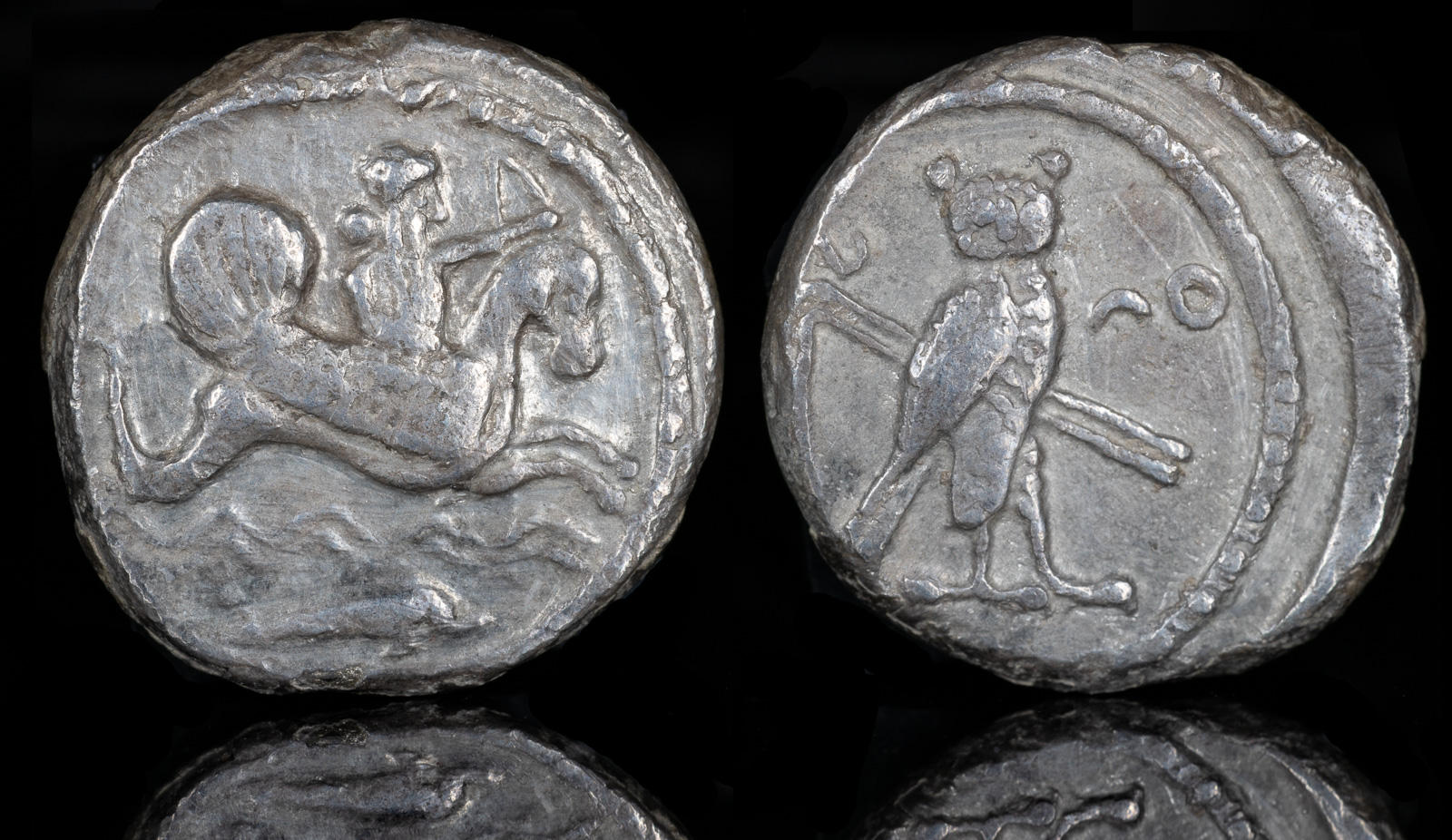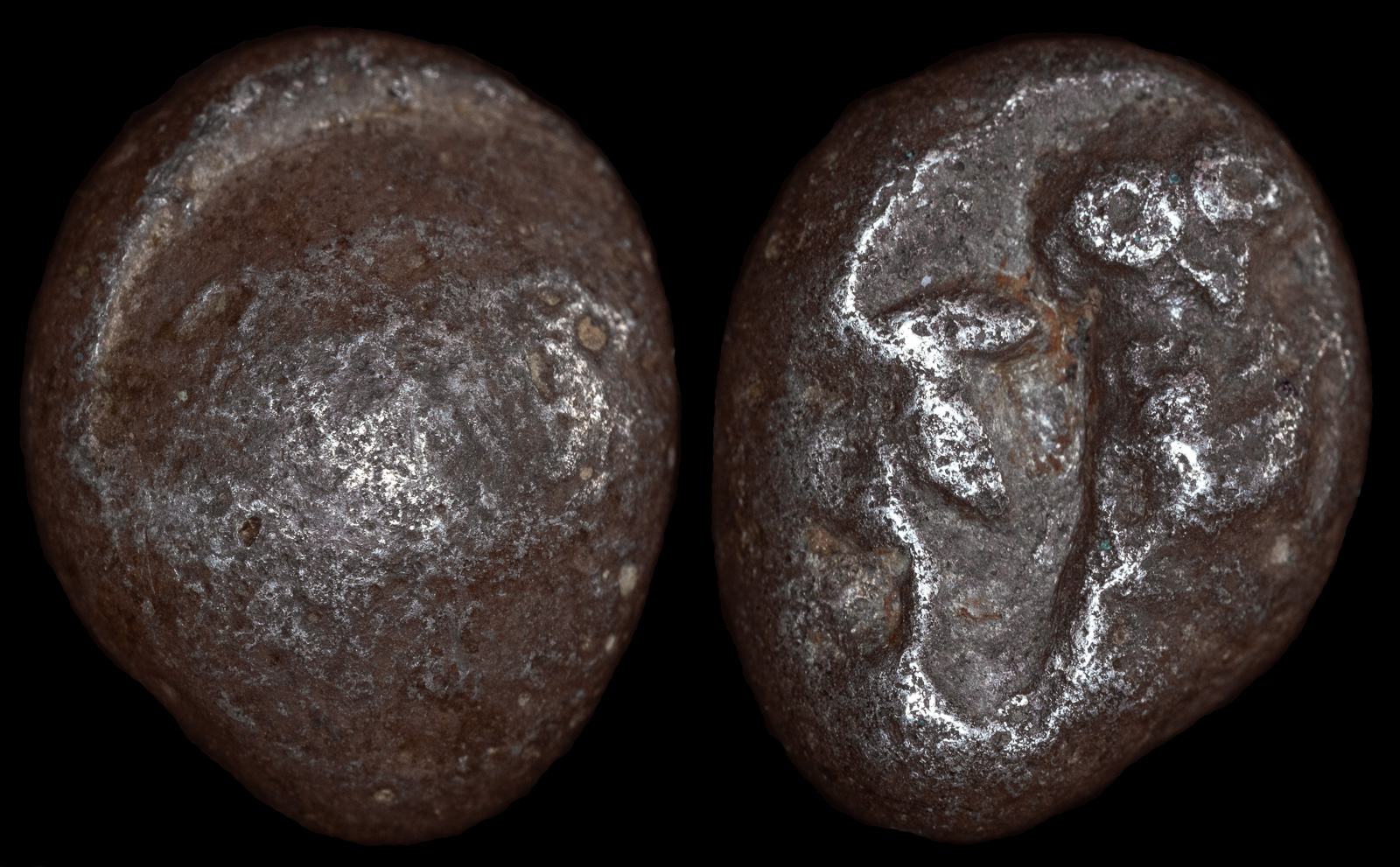Shekel
View All Tags
In the ancient world, the shekel was widely used across a vast region, including in the Sumerian, Akkadian, and Babylonian empires, before it became associated with the Israelites. In the context of Israel and Judah, the shekel began as a silver coin used for both trade and religious purposes. It is mentioned in various ancient texts, including the Bible, where it was used as a standard measure for paying tribute, taxes, and as offerings to the Temple in Jerusalem. The biblical shekel often referred to a specific weight, around 11.4 grams of silver.
During the reign of King David and King Solomon in the 10th century BCE, the shekel became firmly established as the currency of the Israelite kingdoms. In this period, the shekel was often minted with inscriptions and images, such as depictions of royal symbols, and was used both for domestic trade and as a tribute coin in regional diplomacy. The coinage and its value played an essential role in the economy of ancient Israel and its interaction with neighboring empires.
In the later Hellenistic period, particularly after the conquests of Alexander the Great, the shekel evolved further under the influence of Greek coinage systems. The Hasmonean dynasty (140–37 BCE), during which Judea was an independent kingdom, issued shekels bearing Greek-style portraits and inscriptions but retained the traditional weight and value. The Jewish shekel became even more prominent during the time of the Roman Empire, especially during the First Jewish-Roman War (66–73 CE), when the Jewish revolt against Rome led to the minting of a revolt shekel by Jewish rebels, often with symbols like the Temple in Jerusalem, the palm tree, or the chalice.

Phoenicia. Tyre. ‘Uzzimilk
RY 10 = 340/39 BCE
Shekel Silver, 20 mm, 8.21 g, 12 h
Deity, holding reins in his right hand and bow in his left, riding hippocamp to right above two lines of waves; below, dolphin right.
Rev. Owl standing right, head facing; crook and flail in background; to right, date and ‘ (in Phoenician).
DCA 918. E&E-T 1146-8. HGC 10, 349
Ex collection of Dr. A. Drakul.
Ex Leu

Edom (Idumaea)
4th century BCE
AR Quarter Shekel – Drachm 11mm, 3.61g
Imitating Athens. Helmeted head of Athena right, degraded to blank dome-like surface /
Owl standing right, head facing; olive spray and crescent to left.
GTvA 12–20; HGC 10, 617